Putter Reviews
Cleveland Smart Square Putter: Editor Review
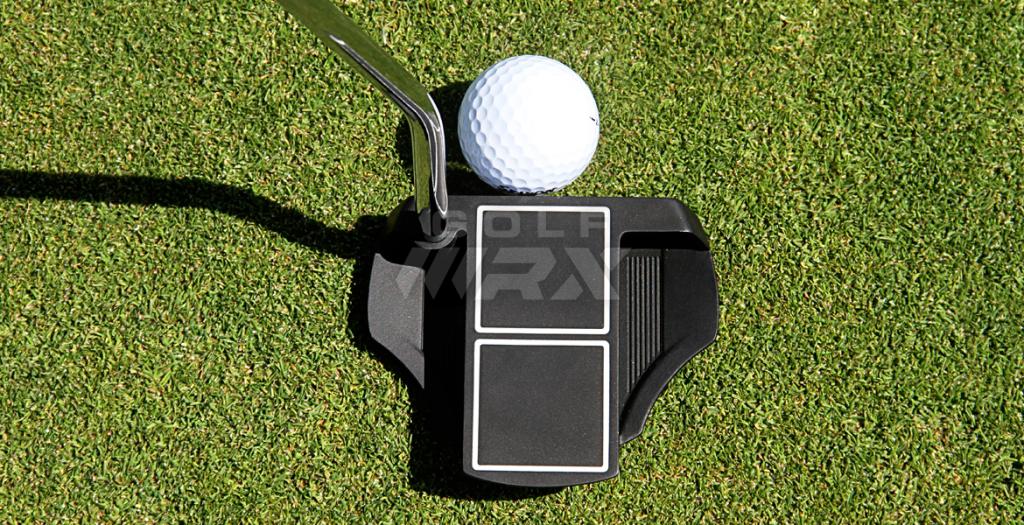
Pros: Square alignment aids make it incredibly easy to aim, and the face insert feels soft and rolls the ball well. There won’t be any glare issues, even on the brightest of days, thanks to the matte black finish.
Cons: Golfers who like a line indicating the center of the putter face are out of luck with the Smart Square, as are those who want something other than a face-balanced putter.
Bottom Line: Sometimes, it’s the small things that make a difference. Such is the case with the Smart Square, which like Odyssey’s Versa putters from 2013 use a small cosmetic change to add considerable alignment benefits.
Overview
In recent years, Cleveland putters have flown under the radar, overshadowed by the likes of Odyssey, Scotty Cameron and Ping, who stayed in the spotlight by finding ways to excite golfers with new putter lines every year or two.
The Smart Square might be the putter that steals some spotlight back for Cleveland. It’s a high-MOI design (with the not-so-high price of $139) and slick new alignment system is sure to catch the attention of the industry.
The selling point of the Smart Square is that alignment system — the two white squares that sit on top of the matte black putter head. The combination of parallel and perpendicular lines creates what Cleveland calls “Dual Axis Alignment,” which frames the golf ball and helps a golfer visualize the proper path to the hole.
According to a Cleveland press release, golfers aimed the Smart Square 23 percent more accurately than “one of the most popular putters of all time.” That’s a clear shot at Odyssey’s famed 2-Ball putter, which no doubt inspired the Smart Square. The question is, will the squares make Odyssey’s 2-Ball alignment system seem, well… square? More on that below.
The Smart Square, available for pre-order on Oct. 15, will be sold in lengths of 33, 34 and 35 inches in both heel- and center-shafted models (heel-shafted only for lefties.. It will also be available in Cleveland’s “Almost Belly” length of 39 inches, with a stock 360-gram head and a counterbalancing 158-gram grip. The Almost Belly (right-hand only) will retail for, $179, forty bucks more than the standard model.
The putters come stock with 3 degrees of loft and a 70-degree lie angle. The stock Winn putter grip weighs 60 grams.
Click here to see what members are saying about the Smart Square putter in the forums.
Performance
Aiming the Smart Square putter is so simple, provided you’re not a golfer who likes a line in the middle of your putter. It’s black finish contrasts wonderfully with the two white squares on top of the putter head, giving golfers both parallel and perpendicular reference points.
Much like Odyssey’s idea to finish its Versa putters with contrasting black and white lines for better alignment, the concept of swapping the 2-Ball’s circles for more alignment-friendly squares seems obvious after the fact. And the squares seem to be just the right shape and size. They hug the edges of the golf ball when the putter is properly set up, which will help golfers find the center of the putter face at address.
For me, the squares did a great job at helping me see the proper track to the hole, particularly on short putts, where a fraction of a degree of misalignment can be the difference between a made putt and a missed one.
From a forgiveness standpoint, the high-MOI design shined, working hand-in-hand with the putter’s copolymer insert to provide somewhat consistent speeds across the middle of the insert.
Looks and Feel
I’m a milled putter snob, but I have to admit the feel of the Smart Square made me seriously reconsider my snobbery. On long and short putts, the copolymer insert kept a consistent soft feel. And the insert isn’t overly soft either, which can kill off the important vibrations from mishits golfers need to monitor the success of their strikes.
Unlike Odyssey’s Versa putters, the company chose to make the insert black, matching the body color of the putter. Traditionalists will appreciate this detail, as it keeps a somewhat traditional look at address and keeps the emphasis where it should be; lining up the path of the squares to the aim point.
I also enjoyed the stock Winn Pro Pistol grip, which is firmer than Winn grips I’ve used in the past. That’s a definite plus for good players, who often prefer a firm, tacky surface to help them relax their grip pressure.
The Takeaway
If you have a straight-back, straight-through stroke or enjoy the look of an alignment-boosting mallet, you should definitely give the Smart Square a roll. It’s stealthy black finish makes the putter look a little more compact than it actually is, and you might find that you like the help of two squares to help you get square to your target line.
With a price point of $139, the Smart Square isn’t going to hurt your golfing budget much, either. And like me, I think you’ll find that it feels surprisingly premium for a putter that price.
Click here to see what members are saying about the Smart Square putter in the forums.
- LIKE50
- LEGIT18
- WOW9
- LOL9
- IDHT2
- FLOP3
- OB3
- SHANK11
Equipment
Blade vs. mallet: What style putters do the top-50 players in the world use? (2022 update)
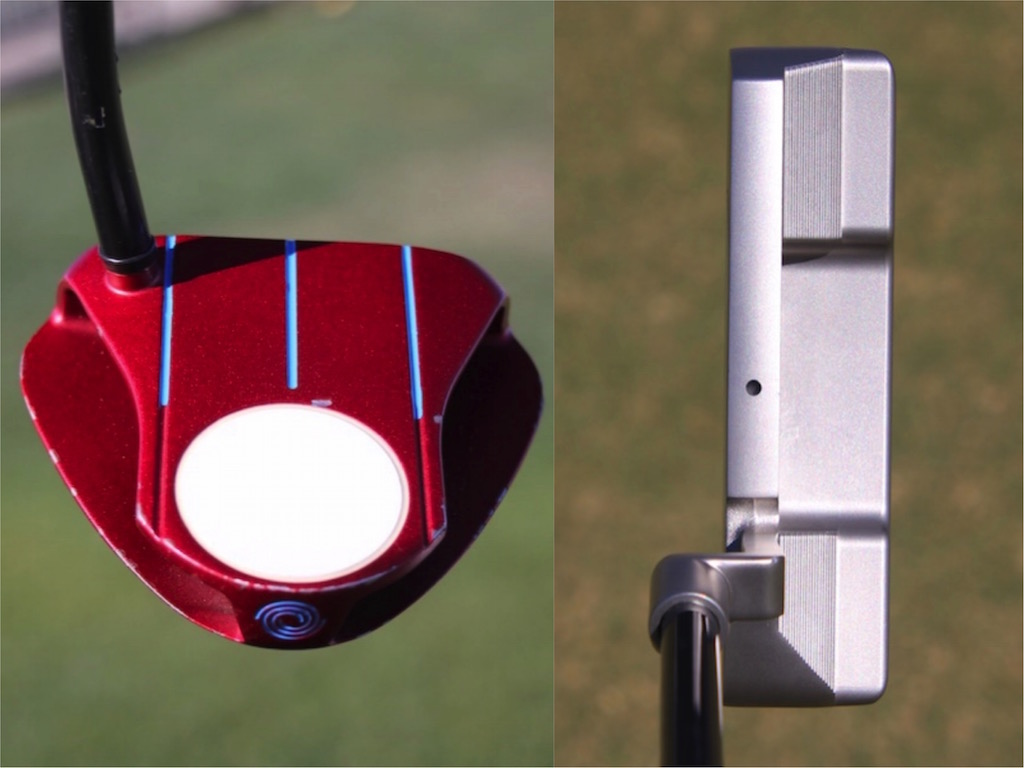
Four years ago, I wrote an article where I analyzed the putters that the top-50 players in the world were using, and the top-50 players in strokes gained: putting. I wanted to find out whether more mallet-style putters, or blade-style putters, were being used by the world’s best.
In 2018, I found that 44 percent of the top-50 players in the Official World Golf Rankings were using mallet style putters, and 56 percent of the top-50 in strokes gained: putting were using mallet putters.
Flash forward to 2022, and it would seem that more and more top golfers are switching into mallet putters – Scottie Scheffler, for example, just switched into a mallet putter after using a blade-style putter throughout his career.
What are the actual numbers, though? Are more top PGA Tour players really using mallet putters these days, or is the shift overblown?
I wanted to find out.
For my research, I simply went through the most recent GolfWRX WITB photos, and the most recent photos on Getty Images, to figure out what style putter each player in the Top-50 in the OWGR is using, as well as each Top-50 player in strokes gained: putting on the PGA Tour for the 2021-22 season.
Below are the results:
Top-50 in OWGR: Blade or Mallet?
Mallet putter users, 62 percent (31 out of 50)
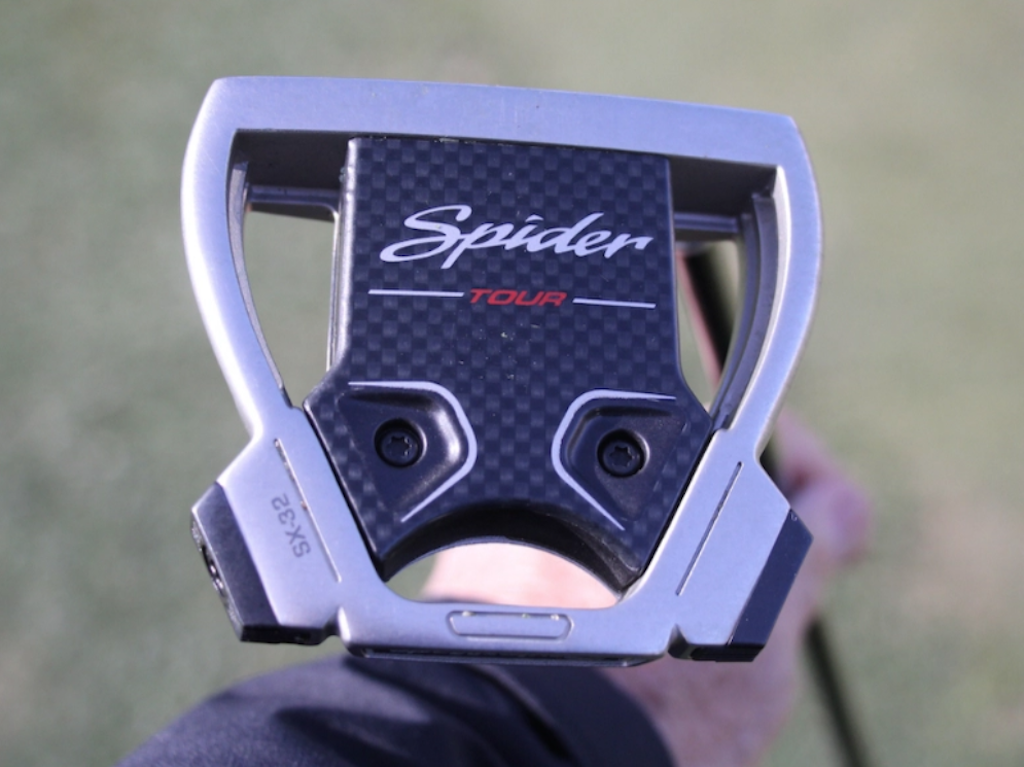
Rory McIlroy’s TaylorMade Spider Tour mallet putter
Rory McIlroy (No. 1: TaylorMade Spider Tour Hydroblast)
Scottie Scheffler (No. 2: Scotty Cameron T-5.5 Proto)
Patrick Cantlay (No. 4: Scotty Cameron T5 Proto)
Jon Rahm (N0. 5: Odyssey Rossie S White Hot OG)
Xander Schauffele (No. 6: Odyssey O-Works #7 CH Red)
Will Zalatoris (No. 7: Scotty Cameron Circle T Phantom X T-11 Proto)
Justin Thomas (No. 8: Scotty Cameron T5 Proto Tour-Only custom)
Viktor Hovland (No. 11: Ping PLD DS 72)
Sam Burns (No. 12: Odyssey O-Works 7S)
Billy Horschel (No. 16: Ping PLD Sigma 2 Tyne 4)
Cameron Young (No. 17: Scotty Cameron T5 prototype)
Max Homa (No. 18: Scotty Cameron Phantom X T5.5 Prototype)
Sungjae Im (No. 20: Scotty Cameron Flowback 5 Prototype)
Shane Lowry: (No. 21: Odyssey DFX 2-ball)
Abraham Ancer (No. 23: Odyssey White Hot No. 5 Stroke Lab)
Keegan Bradley (No. 25: Odyssey Versa Jailbird)
Sepp Straka (No. 27: Odyssey Tuttle Stroke Lab)
Tyrrell Hatton (No. 28: Ping Vault Oslo)
Kevin Kisner (No. 29: Odyssey 2-Ball 11)
Dustin Johnson (No. 30: TaylorMade Spider GT Black)
Corey Conners (No. 31: Ping PLD Prototype)
Tom Hoge (No. 32: TaylorMade Spider X Hydroblast)
K.H. Lee (No. 33: Odyssey Works Versa 2-ball)
Adam Scott (No. 34: L.A.B. Golf Mezz.1 prototype)
Aaron Wise (No. 36: TaylorMade Ghost)
Brian Harman (No. 37: TaylorMade OS CB)
Daniel Berger (No. 43: TaylorMade Spider X Hydroblast)
Jason Kokrak (No. 44: Bettinardi Studio Stock 38)
Harold Varner III (No. 46: Odyssey White Hot OG 7S)
Seamus Power (No. 48: Ping PLD3 Mallet)
Harris English (No. 49: Ping Scottsdale Hohum)
Blade putter users, 38 percent (19 out of 50)
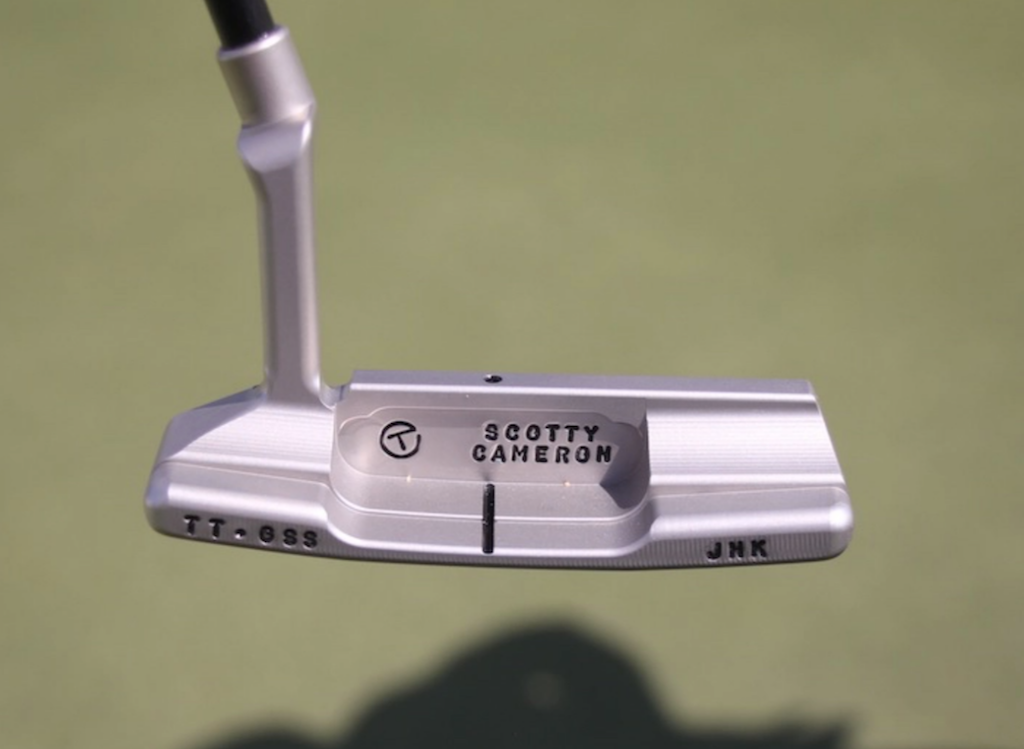
Tom Kim’s new custom Scotty Cameron blade-style putter
Cameron Smith (No. 3: Scotty Cameron 009M Prototype)
Collin Morikawa (No. 9: TaylorMade TP Soto)
Matt Fitzpatrick (No. 10: Bettinardi DASS Prototype)
Jordan Spieth (No. 13: Scotty Cameron 009 tour prototype)
Tony Finau (No. 14: Ping PLD Prototype)
Joohyung “Tom” Kim (No. 15: Scotty Cameron TourType GSS Prototype)
Hideki Matsuyama (No. 19: Scotty Cameron Newport 2 GSS)
Joaquin Niemann (No. 22: Prototype Ping PLD Anser)
Tommy Fleetwood (No. 24: TaylorMade TP Juno)
Ryan Fox (No. 26: Ping Anser 2D)
Thomas Pieters (No. 35: Scotty Cameron Squareback Select 2 Tour Only)
Talor Gooch (No. 38: Odyssey Tri-Hot Two)
Brooks Koepka (No. 39: Scotty Cameron Teryllium TNP2)
Kevin Na (No. 40: Odyssey Toulon Madison)
Kurt Kitayama (No. 41: Scotty Cameron Newport prototype)
Louis Oosthuizen (No. 42: Ping Vault 2.0 Voss)
Mito Pereira (No. 45: Ping Vault 2.0 Dale Anser Stealth)
Paul Casey (No. 47: Scotty Cameron 009M Prototype)
Alex Noren (No. 50: Odyssey O-Works 1W)
Top-50 in Strokes Gained: Putting
Mallet users: 70 percent (35 of 50 players)
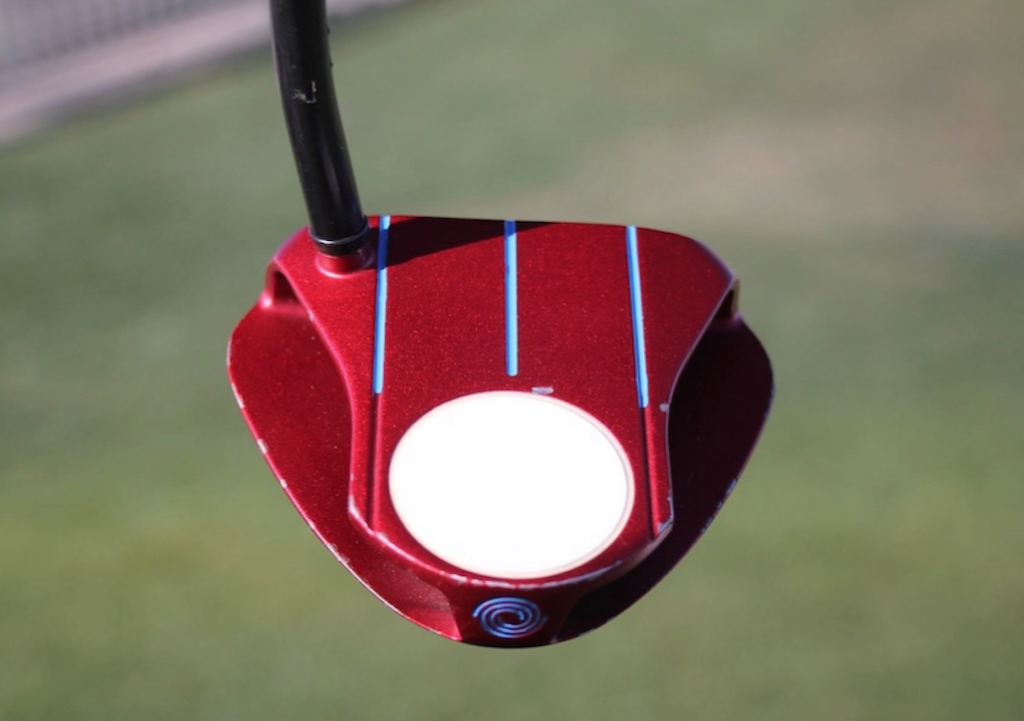
Kelly Kraft’s custom Odyssey Versa 1-Ball Red prototype mallet
Lucas Herbert (No. 1: TaylorMade Spider X Hydroblast)
Denny McCarthy (No. 2: Scotty Cameron GoLo N7)
Tyrrell Hatton (No. 4: Ping Vault Oslo)
Beau Hossler (No. 5: Odyssey 2-Ball Ten)
Christiaan Bezuidenhout (No. 6: Odyssey White Hot OG #7)
Kelly Kraft (No. 7: Odyssey Versa 1-ball Red Prototype)
Kevin Kisner (No. 9: Odyssey 2-ball 11)
Sam Burns (No. 10: Odyssey O-Works 7S)
Martin Trainer (No. 12: Scotty Cameron Circle T Prototype Phantom T12)
Chesson Hadley (No. 13: Odyssey White Hot OG 2-Ball)
Mackenzie Hughes (No. 14: Ping Scottsdale TR Piper C)
Rory McIlroy (No. 16: TaylorMade Spider Tour Hydroblast)
Ian Poulter (No. 17: Scotty Cameron T-11 Proto)
Justin Rose (No. 20: Axis1 Rose Prototype)
Billy Horschel (No. 21: Ping PLD Sigma 2 Tyne 4)
Matthew Wolff (No. 23: TaylorMade GT Notchback)
Adam Long (No. 24: Scotty Cameron T5 Proto)
Viktor Hovland (No. 25: Ping PLD DS 72)
Max Homa (No. 27: Scotty Cameron Phantom X T5.5 Prototype)
Patrick Cantlay (T28: Scotty Cameron T5 Proto)
Jon Rahm (T28: Odyssey Rossie S White Hot OG)
Wyndham Clark (No. 31: Scotty Cameron T5 Proto)
Xander Schauffele (No. 32: Odyssey O-Works #7 CH Red)
Vince Whaley (No. 33: Odyssey White Hot OG #7)
Rory Sabbatini (No. 34: Scotty Cameron Flowback Prototype)
Austin Cook (T35: Ping Sigma G Tyne)
Sungjae Im (No. 37: Scotty Cameron Flowback 5 Prototype)
Andrew Putnam (No. 38: Odyssey Stroke Lab Black Rossie)
Sepp Straka (No. 39: Odyssey Tuttle Stroke Lab)
Seamus Power (No. 40: Ping PLD3 Mallet)
J.T. Poston (T41: Scotty Cameron GoLo 5 Black Tour Prototype)
Adam Scott (T41: L.A.B. Golf Mezz.1 prototype)
Troy Merritt (No. 43: Yes! C-Groove Mollie Tour)
Jason Kokrak (T46: Bettinardi Studio Stock 38)
Mark Hubbard (No. 50: Odyssey Metal X Milled #9HT)
Blade users: 30 percent (15 of 50)
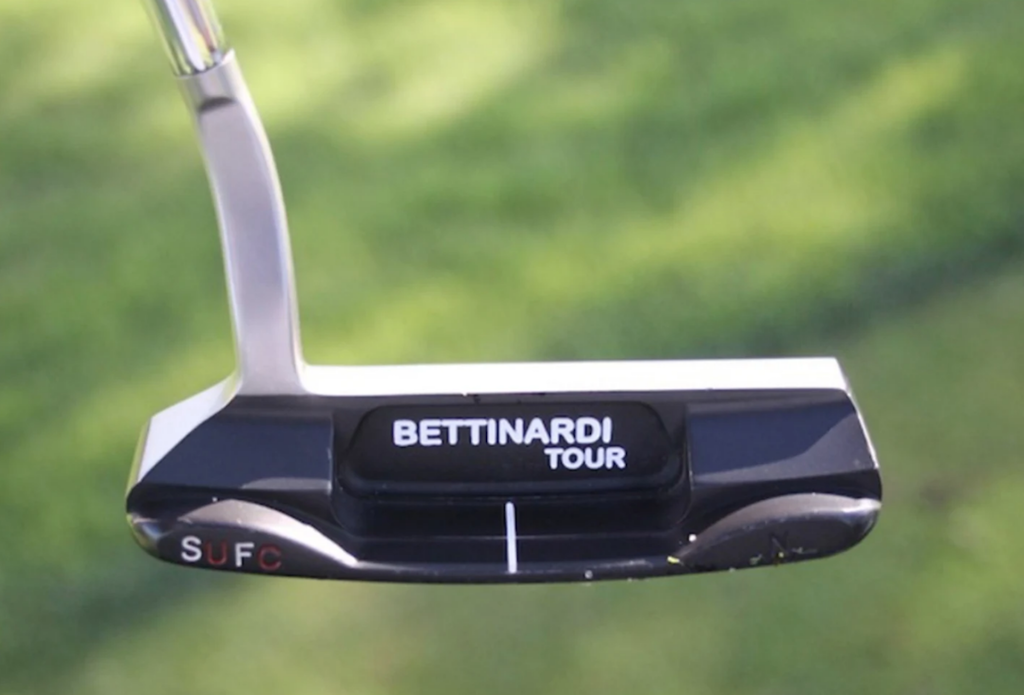
Matthew Fitzpatrick’s custom Bettinardi blade-style putter
Brendon Todd (No. 3: Sik Pro C-Series)
Cameron Smith (No. 8: Scotty Cameron 009M Prototype)
Matt Kuchar (No. 11: Bettinardi Tour Department SS28 DASS)
Marc Leishman (No. 15: Odyssey Versa #6)
Alex Noren (No. 18: Odyssey O-Works 1W)
Maverick McNealy (No. 19: Toulon Stanford MM Custom)
Matt Fitzpatrick (No. 22: Bettinardi DASS Prototype)
Tommy Fleetwood (No. 26: TaylorMade TP Juno)
Patrick Rodgers (No. 30: Odyssey Toulon San Diego)
Seung-Yul Noh (T35: Scotty Cameron Select Prototype)
Scott Stallings (No. 44: Scotty Cameron Newport 2.6 Prototype)
Brooks Koepka (No. 45: Scotty Cameron Teryllium TNP2)
Justin Lower (T46: PXG Prototype)
Richy Werenski (No. 48: Scotty Cameron Circle T Prototype)
Patrick Reed (No. 49: Odyssey White Hot Pro #3)
Conclusion
In 2018, 44 percent of the top-50 players in the Official World Golf Rankings were using mallet style putters, and 56 percent of the top-50 in strokes gained: putting were using mallet putters.
In 2022, 62 percent of the top-50 players in the OWGR use mallet style putters, and 70 percent of the top-50 in strokes gained: putting were using mallet style putters.
What do you think this means?
To me, it means that each golfer should try as many putters as possible – under the supervision of a professional fitter or local club professional – and find the best possible putter to fit their stroke style and preferences.
- LIKE187
- LEGIT43
- WOW15
- LOL6
- IDHT4
- FLOP3
- OB1
- SHANK13
Putter Reviews
REVIEW: Ping’s new PLD (Putting Lab Design) putters for 2022
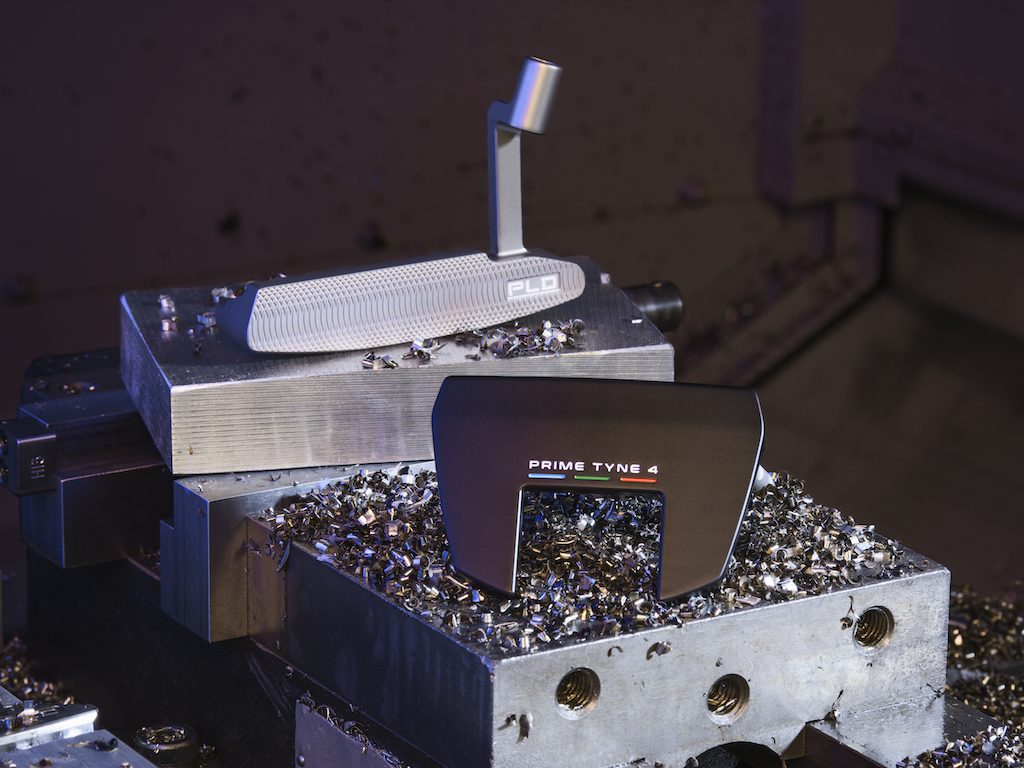
Not every golfer has access to custom-built golf putters like PGA Tour players do, but with Ping’s new PLD (Putting Lab Design) program, they can get pretty darn close.
Through the newly launched website, pingpld.com, golfers will have access to precision milled putters like the ones seen on Tour, and they can even customize their own putter with a Tour-level fitting experience either online or in person.
There’s three essential levels to the new PLD program: PLD Custom, PLD Limited and PLD Milled. Each of the levels comes with different putter options at differing price points.
“The PLD program allows us to bring golfers more of what we do best – design and build the highest-performing custom putters in the game,” said Ping President John K. Solheim, in a press release. “It offers nearly endless possibilities. Golfers can craft their own custom design through PLD Custom, choose the proven performance of a PLD Milled model or add to their putter collection by acquiring a PLD Limited. It gives golfers a chance to play what the pros play and own a piece of Ping history.”
“We established the PLD name several years ago as an extension of the PING Putting Lab,
where we’ve been fitting some of the top players in the world for more than 20 years,” said
Solheim. “Until now, access to the master fitters who deliver these custom putter experiences has been limited to the best players in the game. We can now bring golfers what they’ve been asking for either through a virtual or in-person experience.”
Below, we go further in-depth on each of the three options within the PLD program.
Ping PLD Milled
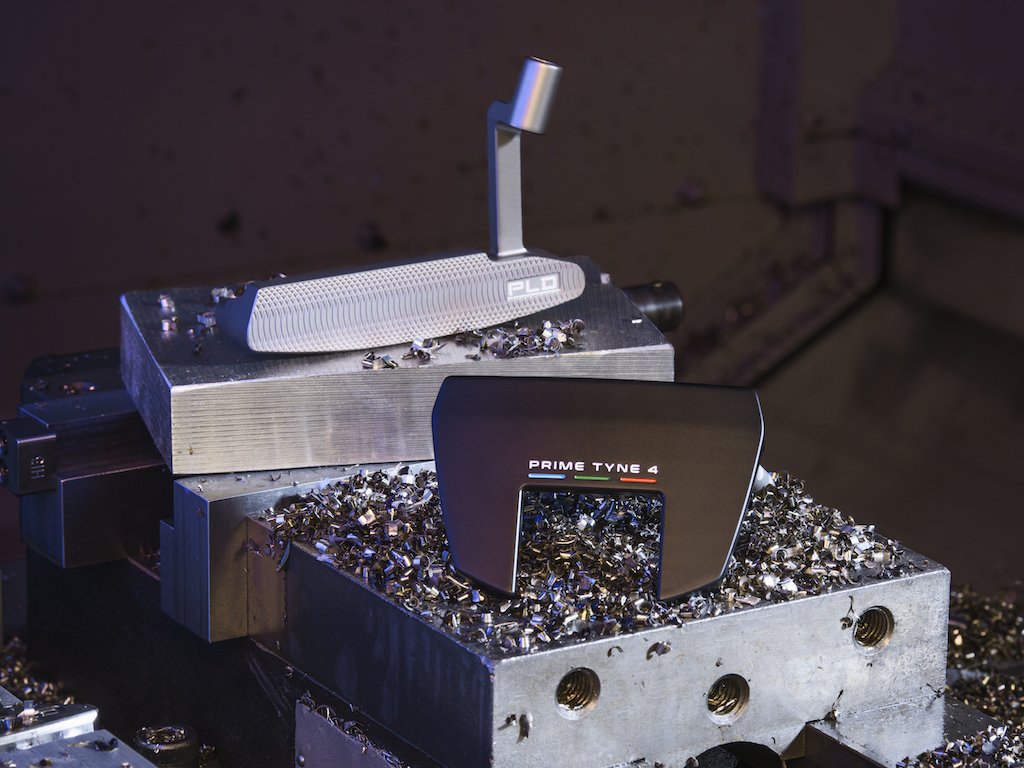
PGA Tour players such as Viktor Hovland, Tony Finau and Bubba Watson use Ping PLD precision milled putters, and now consumers will have access to those Tour-proven putters.
Each of the heads (Anser, Anser 2, DS72 and Prime Tyne 4) are machine milled from forged 303 stainless steel. Ping offers a breakdown of the specs for each available model, which will sell for $485 each:
Anser
Slight Arc
350g
Matte Black finish
Ping black graphite shaft
Lie Angle: 20° +/- 4°
Loft: 3° +3°/- 2°
Anser 2
Slight Arc
350g
Satin finish
Chrome stepless steel shaft
Lie Angle: 20° +/- 4°
Loft: 3° +3°/- 2°
DS72
Straight Stroke
365g
Satin finish
Chrome stepless steel shaft
Lie Angle: 20° +/- 2°
Loft: 3° +3°/- 2°
Prime Tyne 4
Aerospace grade, machined aluminum hosel
Strong Arc
360g
Matte Black finish
Matte-black stepless steel shaft
Lie Angle: 20° +/- 4°
Loft: 3° +3°/- 2°
“The PLD Milled is an exciting addition to our putter line,” said John K. Solheim. “We’ve
identified a couple of our most popular models from the past and some newer designs that have attracted a lot of attention in the last couple of years. We’ve given the new putters a very clean, premium look to emphasize the precision process they undergo before they are ready for play. As we collaborate on new designs with our engineers and tour staff through the PLD program, we’ll add new models to bring golfers the latest in tour-proven performance on the putting green.”
Ping PLD Limited
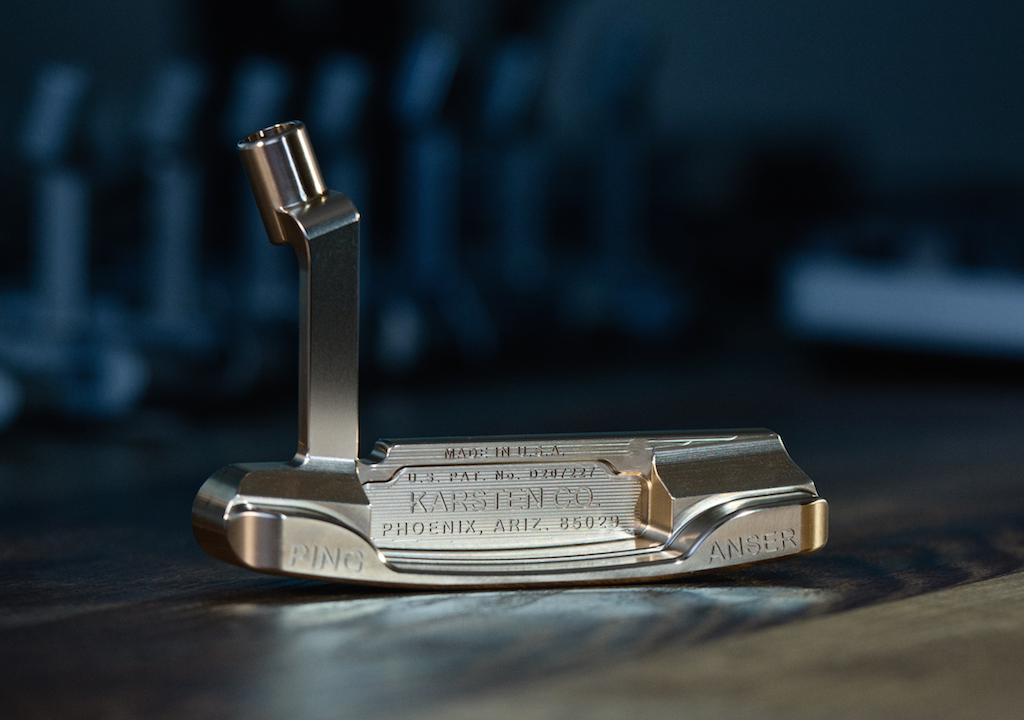
Ping’s PLD Limited will feature periodic limited-edition releases consisting of either putters that are played on Tour, or iconic designs from history. According to Ping, these putters are mostly targeted toward collectors, so they will have serialized numbers and will not be available for custom modifications.
For its first release ($790), Ping developed a 2022 version of the original Ping Anser, celebrating the 55th Anniversary of receiving the original Anser Patent on March 21, 1967.
“A lot of time has passed since the invention of the Anser putter,” said John A. Solheim, Ping’s Chairman & CEO and the youngest son of Karsten Solheim, who designed the original putter. “We think it’s important to remind the golf industry and some of the younger golfers that the iconic design they see with other brands’ name on it was created by Karsten in his garage in the mid-1960s. I was fortunate to be at his side building the first Ansers, and continued to do so for many years. It’s time Karsten gets the credit he deserves for inventing the Anser putter.”
Ping PLD Custom
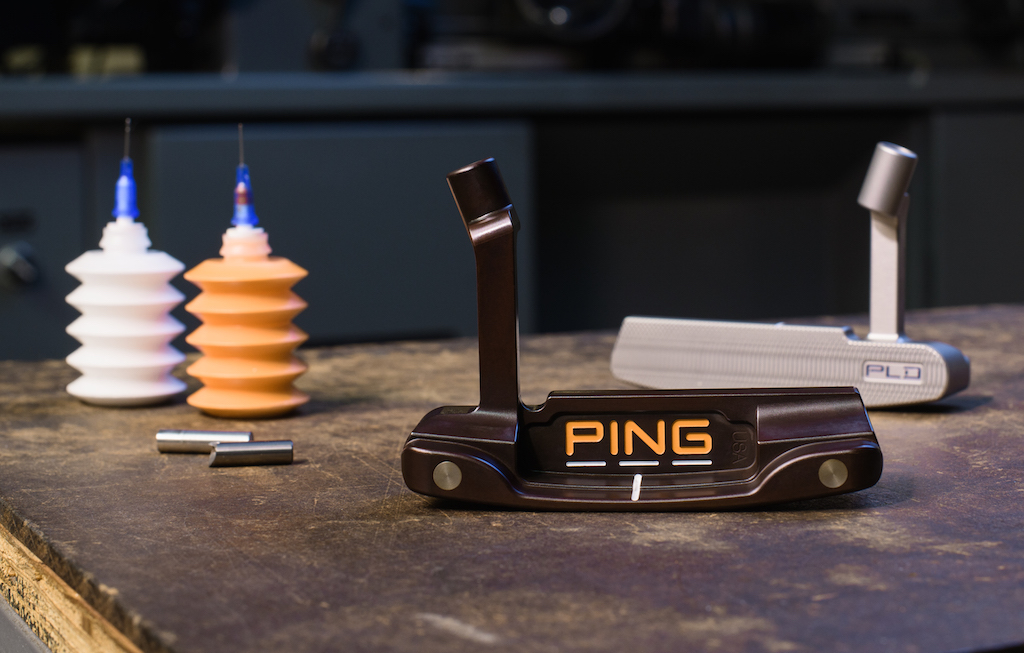
The highest level in the Ping PLD program feature the PLD Custom putters, where golfers can customize their own designs with either the help of a Ping Master fitter in person, or virtually through the PLD program online. To help golfers find their perfect putter, they will use the PLD iPing putting app, and a Ping Master fitter will analyze the player’s data to recommend a putter.
Then, golfers can fully customize the putter to their liking, with ability to change head model, Tungsten weighting, face milling, finish, alignment aids, stampings and paint fill. Ping’s Master Fitters will also help golfers get the correct length, lie angle and loft for their stroke and biometrics.
The putters themselves will sell for $1,290, and a $200 non-refundable payment is required to schedule and participate in a PLD Custom Fitting, whether it’s virtually or in person.
Personally, I received a Ping PLD Custom Fitting in-person at the company’s indoor facility in Phoenix, Arizona. After identifying my stroke flaws (of which there many) using Ping’s iPing putting app, I tried out a slew of different head options and we made head adjustments along the way to figure out what truly works. Here were my final specs:
Head model: Ping Anser
Finish: Patina
Weight: 350 grams
Alignment line/dot: None
Stamping: “T” on the hosel
Length: 35.5 inches
Shaft: Chrome Stepless Steel
Grip: PP58 Black Midsize
What blew me away most was how impactful length and lie angle can be on comfort at address and stroke pattern. Even minor changes felt drastic. Also, the depth of face milling can truly change both feel and sound; I never realized how much.
Another point of note: Switching up alignment lines obviously can affect aim, but for me, they also influenced my stroke itself due to the visual changes. I highly suggest going through a full putter fitting to determine what specifications you prefer for yourself.
Check out the photos below of the putter that was designed for me through my work with a Ping Master Fitter:
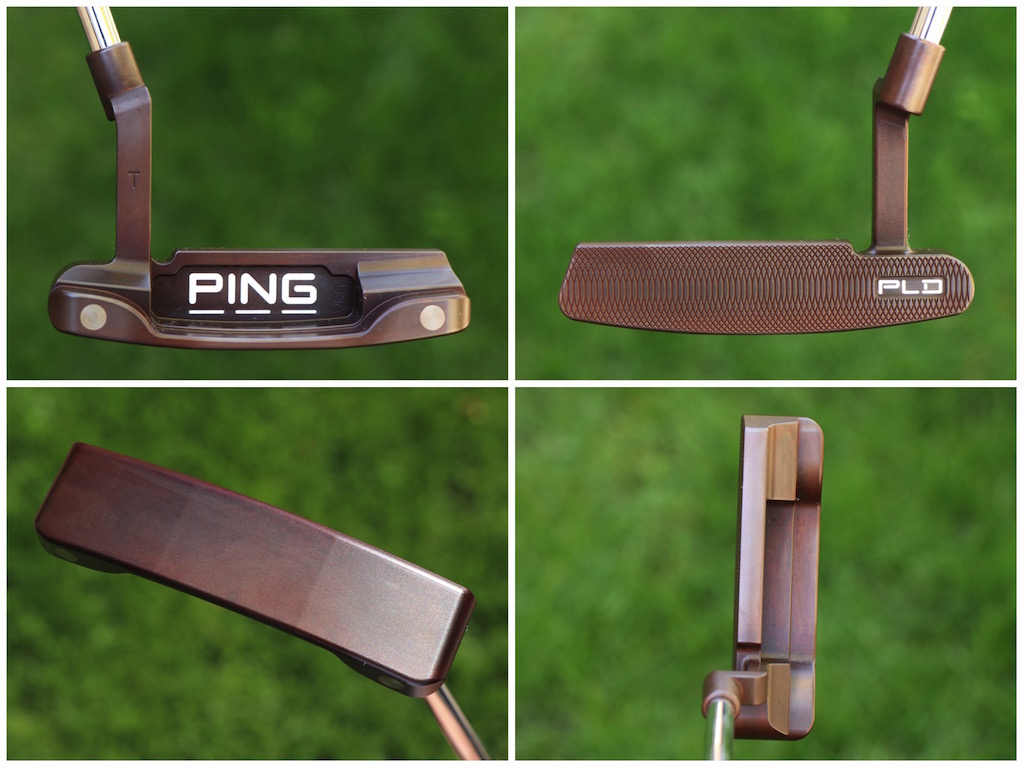
Ping PLD putters are available for pre-order today, and head over to Ping’s PLD website to book your own fitting here.
- LIKE126
- LEGIT12
- WOW15
- LOL4
- IDHT3
- FLOP1
- OB0
- SHANK10
Putter Reviews
WRX Spotlight Review: T Squared TS-713i Standard Series putter

Product: T Squared TS-713i Standard Series Putter
About T Squared: T Squared Putters is a small putter manufacturer just south of Buffalo, New York. The company was founded by Tony Tuber who created his first prototype putters, after hours, in his father’s machine shop. Since then Tony and his father have been creating high-quality putters in the same facility that creates high precision instruments for the medical field. They pride themselves on creating the highest quality, most precise putter they can offer. They offer a few different head shapes from small traditional blades to high MOI mallets and even a custom program to get exactly what you want.
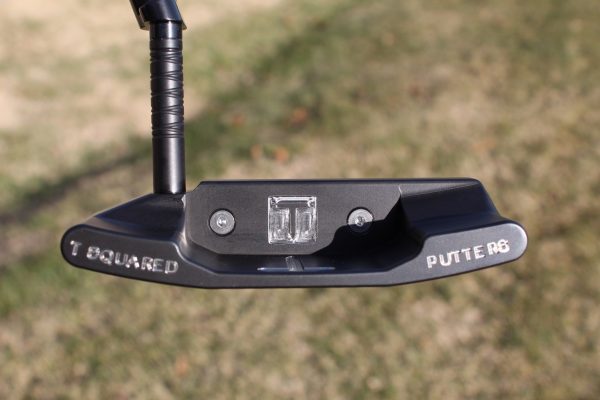
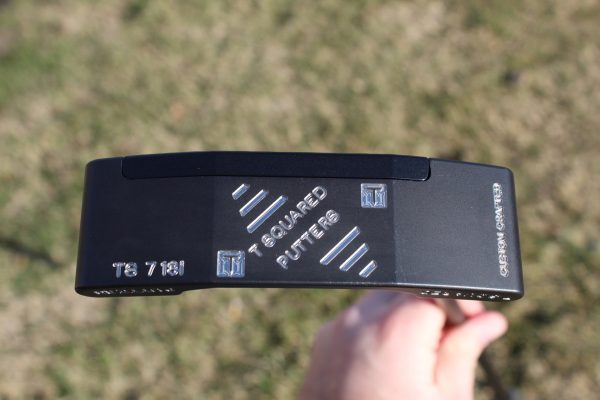
The Ts-713i Standard Series is based on the Ts-713, the first prototype that Tony created. It is a blade-style putter with a slightly longer flange and a unique face insert milled from 6061 aluminum. The body of the Ts713i is milled from a solid block of 303 stainless steel that is produced in the USA and has a Teflon backing between the body and face insert.
This Teflon backing helps give the putter a softer feel at impact and reduce any unwanted vibration. Details are what T Squared is all about and the neck of the putter shows off their milling expertise. The neck is similar to a plumbers neck, built with multiple pieces and offering some cool texture on the section bonded to the head. Another great detail is that all the silver markings on the putter are not filled with paint, they are milled into the head. T Squared finished the head in a sharp matte black and then milled all the markings on the putter for a unique, shiny silver look that really stands out. Ts-713i putters are built for customizing and have a ton of options that you can select if you would like to build something totally unique
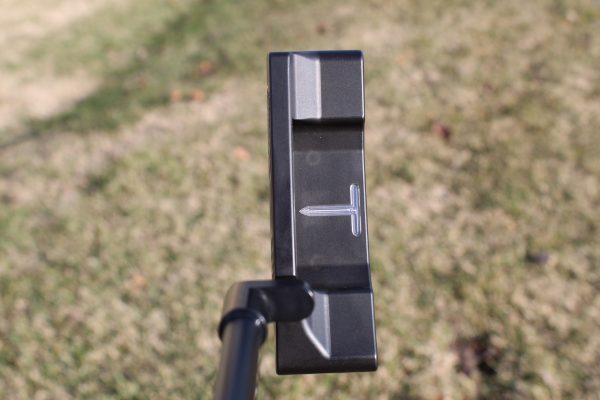
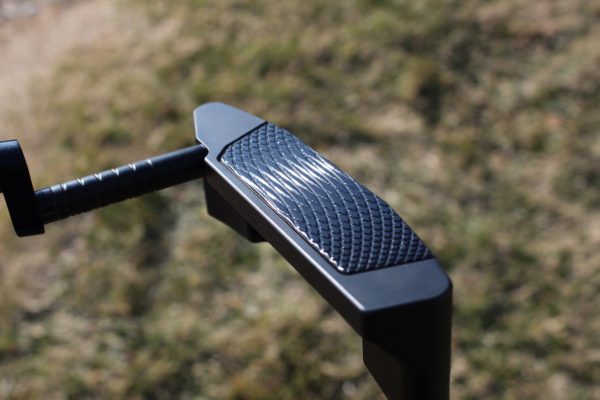
On the green, the T Squared TS-713i really performs fantastic. I found the feel at impact very solid without any unwanted vibration. The impact produces a muted click and soft feel that I wasn’t expecting from this aluminum insert and thin face. The deep milling and Teflon coated back to the insert really work together to produce a great, responsive feel that I enjoyed. Deep milling usually makes me a little worried because it can soften the putter too much and lose that feel we all demand.
The TS-713i has no issues and transmits impact feel back to your hands with ease. Mishits are a little louder and harsh, but nothing even close to unpleasant. I have used putters that don’t feel as good on perfectly struck shots as the TS-713i feels on mishit putts. Distance and accuracy on those mishit putts are not as drastic as you would expect with a blade putter. I often just missed the cup by small margins when I struck a putt on the toe or heel of the TS-713i. There aren’t too many blade putters that have shown this level of forgiveness on the green for me.
The “T” alignment aid on the flange of the putter is large and easy to use. Not only do you get a straight line from the face to the back edge for alignment, but the back of the “T” also helps you square the putter up to your target. The Pure grip is not my thing, and it would be great for T Squared to offer a few more options, but that is an easy fix and a very minor criticism.
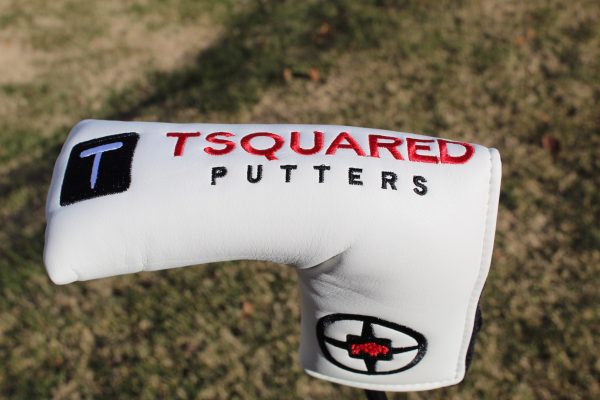
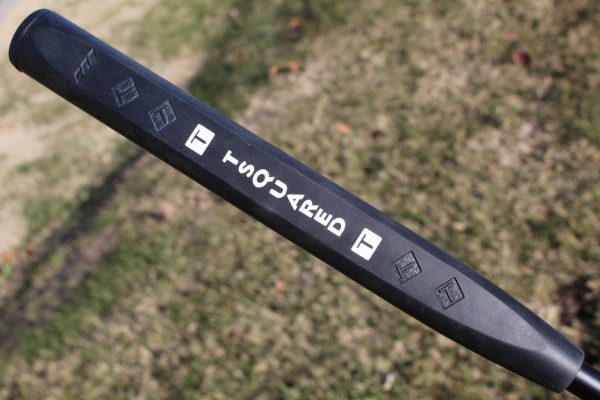
Overall, the T Squared TS-713i is a great putter from young Tony Tuber that exceeded my expectations. His attention to detail, precision milling, and take on a classic head shape offer golfers something different without sacrificing any performance. If you are looking for a great feeling putter that is made in the USA, you should take a look at T Squared and see what they can make for you.
- LIKE61
- LEGIT15
- WOW6
- LOL2
- IDHT2
- FLOP5
- OB0
- SHANK6
-

 19th Hole1 week ago
19th Hole1 week agoDave Portnoy places monstrous outright bet for the 2024 Masters
-

 19th Hole3 weeks ago
19th Hole3 weeks agoThings got heated at the Houston Open between Tony Finau and Alejandro Tosti. Here’s why
-

 19th Hole1 week ago
19th Hole1 week agoTiger Woods arrives at 2024 Masters equipped with a putter that may surprise you
-

 19th Hole2 weeks ago
19th Hole2 weeks agoReport: Tiger Woods has ‘eliminated sex’ in preparation for the 2024 Masters
-

 19th Hole5 days ago
19th Hole5 days agoTwo star names reportedly blanked Jon Rahm all week at the Masters
-

 19th Hole4 days ago
19th Hole4 days agoNeal Shipley presser ends in awkward fashion after reporter claims Tiger handed him note on 8th fairway
-

 19th Hole3 days ago
19th Hole3 days agoReport: LIV Golf identifies latest star name they hope to sign to breakaway tour
-

 19th Hole2 weeks ago
19th Hole2 weeks agoAddiction, spinal fusion, and scam artists – Everything Anthony Kim revealed in candid interview with David Feherty

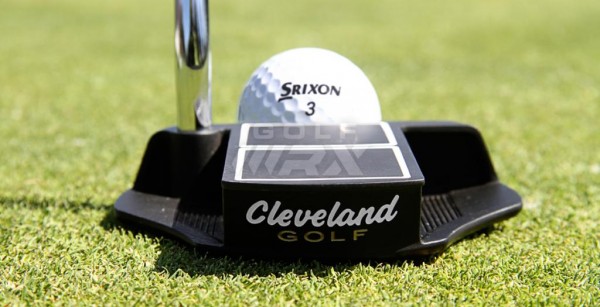
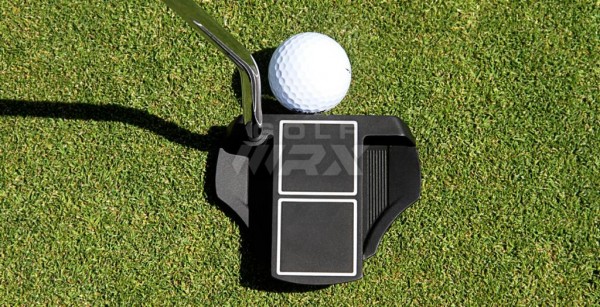
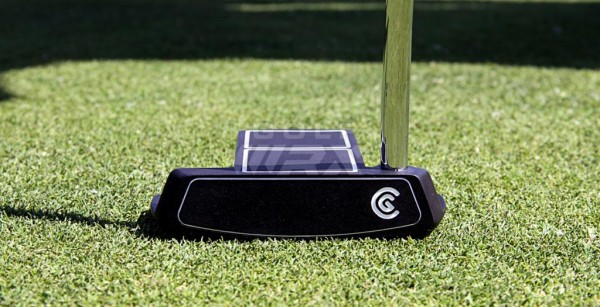
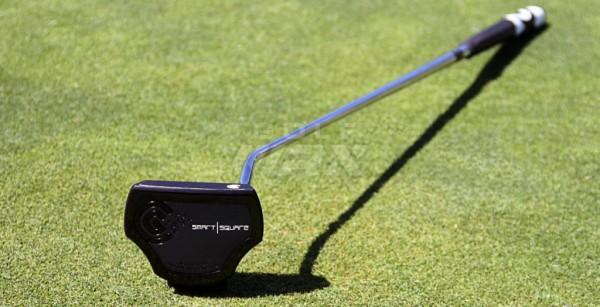


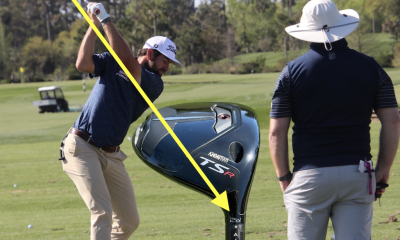



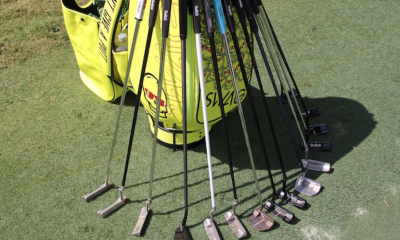

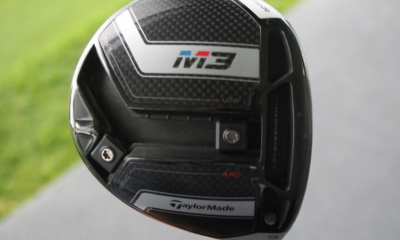

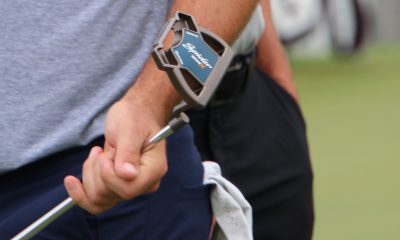















Pingback: Smart Square Login | Find Official Site [100%]
paul
Jun 30, 2014 at 10:40 pm
Tried it today. I agree with “makes 23% more putts” I did way better. Going to go buy one soon. Loved it, so easy to aim correctly.
Quarter punch player
Oct 13, 2013 at 3:20 pm
Oh come on Cleveland why can’t you make a centre shafted putter for lefties ?
Roger
Oct 13, 2013 at 1:32 pm
This really looks like a Brick…
My Odyssey marxman divine line is the same concept,
but has a bit of style. And is working well this week!!!
PS i’m a Cleveland fan too !
Steve
Oct 12, 2013 at 1:54 pm
I like the look of this. It’s like the 2-ball, but I think the squares would be easier to line up straight than circles.
Tad
Oct 11, 2013 at 10:55 am
I think they are just trying to copy odesseys two ball putter but i do like the strait line alinment think it might be a big hit with clevland staff players
alsostarring
Oct 10, 2013 at 1:00 pm
“Good Artists Copy; Great Artists Steal” -Picasso.
This putter has steal the two ball. It seems to me pretty obvious that aligment has to be easier with squares than with balls. I really want to give it a roll.
dcorun
Oct 9, 2013 at 2:55 pm
I’m going to give it a try. I like the idea of the squares to frame the ball and also keep the putter head square to the hole, not pointing left or right. Sort of like the SeeMore putter where you get the shaft between the lines and the face is square to the hole.